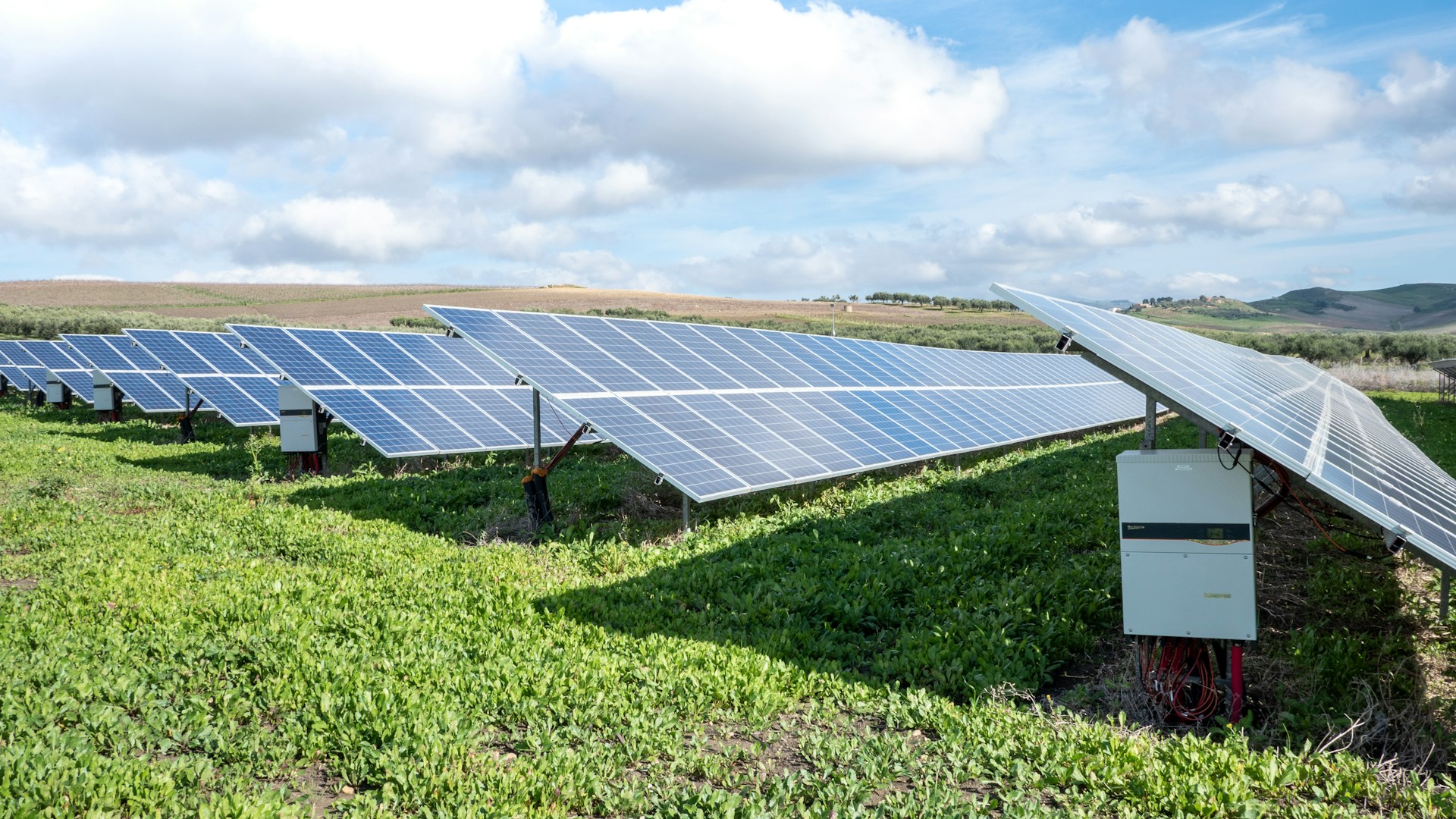All you need to know about inverters and micro-inverters for solar panels
Solar energy has become a popular and sustainable alternative for generating electricity. Solar panels are only one part of the system; inverters and micro inverters are crucial components that convert the energy generated into something useful for your home or business. Here’s how these devices work, their differences, features and other useful information.
What is an inverter?
A solar inverter is a device that converts direct current (DC) generated by solar panels into alternating current (AC), which is the form of electricity used by most appliances and electronic equipment in our homes and businesses.
Inverter characteristics:
- Power: Inverters typically have a capacity between 1 kW and 10 kW.
- Efficiency: Conversion efficiency is typically between 95% and 98%..
- Service life: Inverters have a service life of 10 to 15 years.
- Monitoring: Many modern inverters come with monitoring options to track energy production.
- Cost: Generally, inverters are less expensive per watt of capacity compared to micro-inverters.
What is a micro-inverter?
A micro-inverter is a smaller device that is installed directly on each solar panel. Its function is the same as that of a traditional inverter, but at the individual panel level.
Characteristics of micro-inverters:
- Optimization: Micro-inverters allow optimization at the panel level, which means that if one panel is shaded or dirty, it will not affect the others.
- Flexibility: They are ideal for solar panel systems on roofs with multiple orientations or where shade is a concern.
- Efficiency: They have similar efficiency to traditional inverters, but can improve overall system efficiency in installations with shading problems.
- Monitoring: Each panel can be monitored individually, providing a more detailed analysis of performance.
- Cost: Generally more expensive per watt of capacity than traditional inverters, but can offer long-term savings due to optimization.
Key differences between investors and micro investors
Installation:
- Inverters: A single inverter is generally installed near the electrical panel.
- Micro-inverters: A micro-inverter is installed on every 4 panels.
Maintenance and monitoring:
- Inverters: Problems in one panel can affect the entire system; monitoring is usually global.
- Micro-inverters: Problems in one panel do not affect the others; monitoring is for every 4th panel.
Cost:
- Inverters: Lower initial cost.
- Micro inverters: Higher initial cost, but potential long-term savings in systems with shading or differently oriented panels.
Cable types used
- Direct current (DC) cables: Used to connect the solar panels to the inverter.
- Alternating current (AC) cables: Carry the converted power from the inverter to the electrical panel.
- MC4 connectors: Commonly used for DC connections between the solar panels and to the inverter or micro-inverter.
- Monitoring and communication cables: Allow the connection of monitoring systems for performance management.
Useful information
- Location: The choice between inverters and micro inverters may depend on the location of the panels and the amount of shade they receive.
- Scalability: Micro-inverters may be more suitable for small or scalable installations, where panels are added gradually.
- Redundancy: With micro-inverters, the failure of one device does not affect the entire system, whereas with a traditional inverter, one failure can stop all power production.
- Safety: Micro-inverters reduce the need for high voltage DC cables in the system, which can be an advantage in terms of safety.
Both inverters and micro-inverters have their advantages and disadvantages. The choice between one or the other will depend on factors specific to your solar installation, such as system size, roof layout, shading conditions and budget. Understanding the differences and features of each type of device will help you make an informed decision to optimize your solar investment.
Peak Energy offers you the best solar panel technology for your home or business. Enjoy the benefits of solar energy with our solar panel installations in Hermosillo, Guaymas, San Carlos and Caborca, which maximize efficiency and minimize the environmental impact. In addition, our planning and design services ensure that each project is perfectly tailored to your needs, so join the clean energy movement with Peak Energy!
